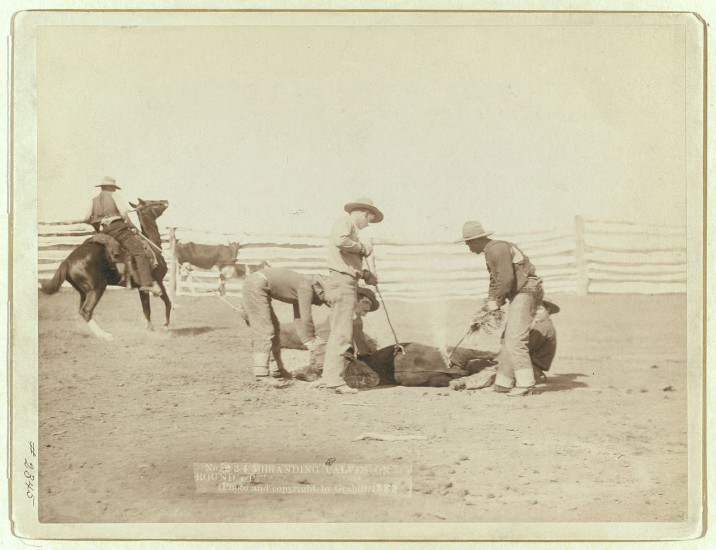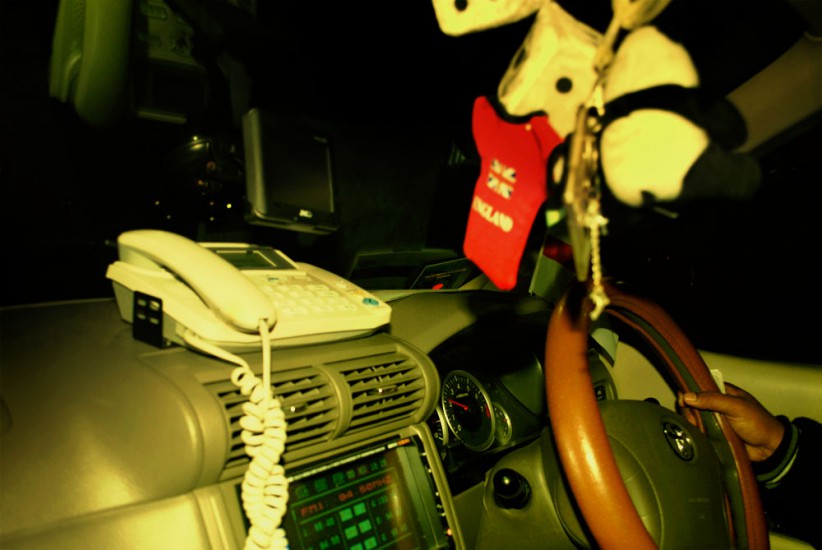Brand values: like puppies in a basket
Image by Carlos Estrada11 March 2015 / Are your brand values a waste of time?

A brand without values can’t really be a brand at all. To have any power in the marketplace, brands require trust. A brand with no principles would provide little or no basis for such trust. So whether they’re conscious or unconscious, spoken or unspoken, values are vital to your brand.
But brand values can’t just be any old values. Some of your important values will, quite naturally, be shared by your competitors. These are vital core values but their very ubiquity among your peers means they are of limited use in distinguishing your brand. Brand values need to help make you distinctive.
Let’s suppose, though, that you have a well thought through and distinctive set of brand values. It is still quite possible they’re doing very little for you. Why? Because brand values must have influence on staff behavior if they are to have any effect. After all, if your staff aren’t influenced by your brand why should anyone else be?
There’s a simple and useful test for this: if each member of your staff is asked to cite your brand values off the top of their head, how well will they do? Chances are their recall will be less than perfect. And the longer your list of values, the worse their recall will be. If staff can’t easily recall your brand values, just how influential are they going to be on the work they do each day? If staff have to reach for an employee or brand handbook to check your brand values, that’s a fail.
Sometimes lists of brand values are too long to be remembered easily. Values are like puppies in a basket. They can be very hard to resist and, unlike those puppies, there are few barriers to taking them all home. Googling any list of values will show you that they seem to be universally positive. Who wouldn’t want to be innovative? Creative? Honest? How about dynamic? Research by Adobe, for example, suggests that 68% of companies say that they are ‘creative’. So if that’s on your list of values it may be doing little for your brand.
Put simply, there is a very high risk of producing a bloated feel-good list of values that are really little more than platitudes.
At Jog, we’ve been chewing on this problem for a while. We long ago started to recommend that clients keep their brand values lists tight. Ideally just three words, because people can remember three words. Faster, higher, further, for example. But in itself this is nowhere near enough.
You can have a really well defined, distinctive, and tight set of brand values and still get too little from them. The problem is lack of definition on how you expect staff to put these values into action.
Let’s suppose that your marketing department is all over your brand values list and ensures it drives their work. This may be a good thing. But if they have limited influence on the rest of your team, you risk creating a brand gap.
A brand gap is that cavern which can open up between your marketing promises and people’s real-world experience of your brand.
Beyond all of that lies another issue. Even if each and every staff member can intone your brand values with near religious fervor they can still be next to useless, even counterproductive. Why? Because values lists tend to rely on simple words like ‘innovation’, ‘creativity’ ‘quality’ and ‘dynamism’. While the assumption may be that these are all positive attributes this is almost never the case. Innovation can be bad. (Cyber criminals, for example, are hugely innovative.) Quality can be low as well as high. In fact almost all of the words typically used represent a broad concept that, in reality, is too loose to truly and clearly affect behavior or set properly measurable expectations.
So how do you ensure that a well-considered list of brand values actually goes to work for your brand? How do you take your values and put them to work?
How do you ensure they aren’t, metaphorically, just loafing around on your reception sofas making meaningless promises to anyone that walks through the door, while doing very little else?
The answer lies in turning your values list into a mantra that’s simple, measurable and actionable. This may prompt you to think of SMART goals, which are all of the above with ‘Realistic’ and ‘Timely’ thrown into the mix too. So why shouldn’t a brand values list also be realistic and timely? Well that which isn’t realistic isn’t actionable, so having both qualities seems superfluous. And this mantra is designed to be relevant long term. Time is not of the essence, in fact timelessness is a virtue.
To see the difference a values mantra can make, consider the following values list:
• Innovate • Challenge • Influence
Not bad. It’s relatively distinctive. And it’s instructional, a call to action.
But then compare this values list with the following values mantra:
• Do it first • Make trouble • Inspire change
When comparing the list of brand values above with the brand mantra that follows it, we see the same basic values but a world of difference. ‘Innovate’ isn’t measurable. ‘Do it first’ is. ‘Challenge’ means many things. How do you know when you’ve really challenged people? It’s much easier to know when you’ve made trouble. But making trouble can be pointless and simply annoying. So it’s vital to know why are you making trouble. Let’s suppose you were making trouble to create ‘influence’, how and why will that occur? When you know you’re doing it to ‘inspire change’ all becomes clear. Leading change through inspiration is a much richer idea than simply gaining influence.
Who owns the brand mantra: do it first, make trouble, inspire change? It belongs to Channel 4, the UK’s fourth TV channel.
Anyone familiar with Channel 4’s content will know just how powerfully that mantra has had an enduring influence over what the channel does. Channel 4 doesn’t need to put this mantra on screen in words because it is exemplified in its output. Channel 4’s mantra is manifest on screen in the content that it commissions and broadcasts. And this is true because it’s simple, measurable and actionable. It ensures that everyone at Channel 4 knows what they are there to work to achieve each and every day.
So, do you need to dust off your values list and develop a mantra that in turn transforms your brand? And once you’ve done that, what changes could your brand-values mantra inspire?


